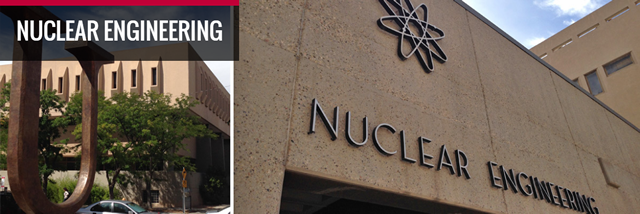
Nuclear Engineering ETDs
Publication Date
1966
Abstract
The measurement of neutron flux spectra in reactors is a problem which can be approached in several ways, depending on the information desired. For high energy measurements, threshold detectors are often used; if spatial information of the flux is required, some type of fission detector may be employed. For flux magnitude measurements in the epithermal energy range, foils of elements which have strong neutron absorption resonances are commonly utilized. If the resonance is sufficiently isolated from other resonances and the contribution from the resonance to the total resonance absorption integral of the element is large, then it is a fairly easy task to relate flux magnitude at the resonance energy to foil activation. Unfortunately only a few elements have sufficiently dominant resonances to recommend them for use as resonance detectors, and even those which do are not ideal from the point of view of activation data interpretation. This paper examines some of the problems encountered in reducing resonance activation data from several resonance detectors to relative neutron flux magnitudes at energies corresponding to the principal resonance energies of the detectors.
Document Type
Thesis
Language
English
Degree Name
Nuclear Engineering
Level of Degree
Masters
Department Name
Nuclear Engineering
First Committee Member (Chair)
Glenn Alan Whan
Second Committee Member
Gordon Hansen
Third Committee Member
Richard Charles Dove
Recommended Citation
Roach, William H.. "An Analysis Of Neutron Resonance Detectors In Critical Uranyl-Fluoride Heavy Water Systems.." (1966). https://digitalrepository.unm.edu/ne_etds/127
